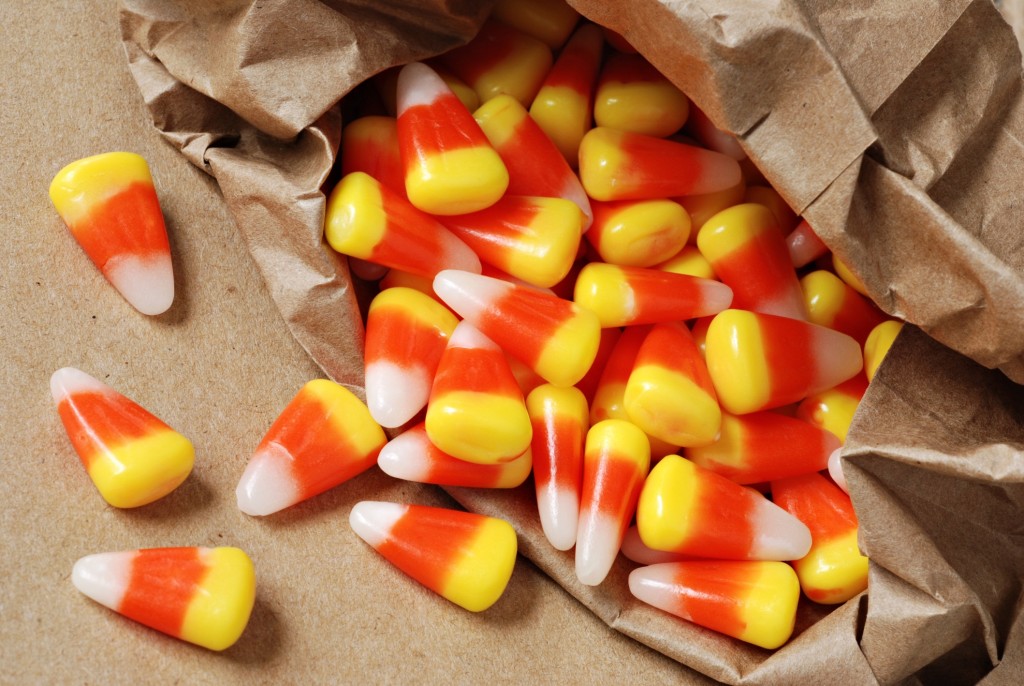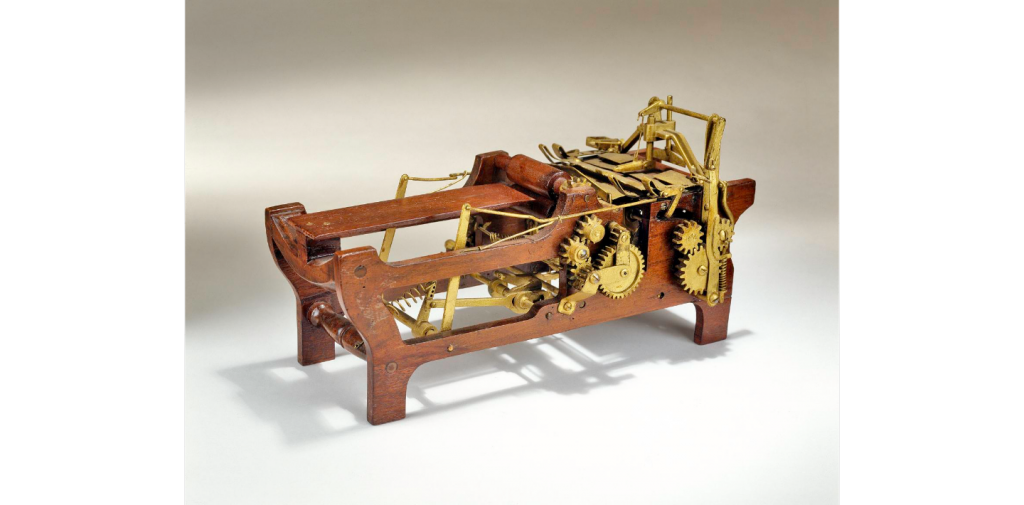 Lesson courtesy of IEEE’s TryEngineering.org.
Lesson courtesy of IEEE’s TryEngineering.org.
Summary
In this activity, students 8 to 18 learn how design differences can affect the success of a final product by working in pairs to evaluate, design, and build a better candy bag. They must predict the volume and strength of their designs, test and redesign the bag based on its ability to hold weight, discuss findings, and share results.
Grade level: 3-12
Time: Two class periods
Learning objectives:
After doing this activity, students should understand:
- the engineering design process
- teamwork in the design process
- making and testing predictions
- product design challenges
Learning Standards
National Science Education Standards
CONTENT STANDARD A: Science as Inquiry
As a result of activities, all students should develop:
- Abilities necessary to do scientific inquiry
- Understanding about scientific inquiry
CONTENT STANDARD B: Physical Science
As a result of the activities, all students should develop an understanding of
- Properties of objects and materials (elementary grades)
- Properties and changes of properties in matter (middle grades)
Next Generation Science Standards
- Define a simple design problem reflecting a need or a want that includes specified criteria for success and constraints on materials, time, or cost. [Grades 3 – 5]
- Generate and compare multiple possible solutions to a problem based on how well each is likely to meet the criteria and constraints of the problem. [Grades 3-5]
- Define the criteria and constraints of a design problem with sufficient precision to ensure a successful solution, taking into account relevant scientific principles and potential impacts on people and the natural environment that may limit possible solutions. [Grades 6 – 8]
National Standards for Technological Literacy – Design
- Standard 8: Students will develop an understanding of the attributes of design.
- Standard 9: Students will develop an understanding of engineering design.
- Standard 10: Students will develop an understanding of the role of troubleshooting, research and development, invention and innovation, and experimentation in problem solving.
Common Core State Mathematics Standards – Data and Measurement
- Solve problems involving measurement and estimation. [Grade 3]
- Understand concepts of volume; recognize volume as additive. [Grade 5]
- Weigh the possible outcomes of a decision by assigning probabilities to payoff values and finding expected values. [High School]
Engineering Connection 
Over the years a variety of designs for candy bags have been created. They are built of a variety of materials (paper, plastic, cardboard) and are designed in a variety of shapes. A woman inventor from York, Maine, named Margaret Knight (1838-1914) is credited with inventing a process for automatically folding and gluing paper to form the square or rectangular bottom of a paper bag. She received a patent for her idea – which someone tried to steal! – and eventually started the Eastern Paper Bag Company in Hartford, Conn. The
model of her bag-making machine (photo) is on display at the Smithsonian Institution’s American History Museum. For more information on the history of paper bags, visit the Museum of Modern Art’s
Counterspace: Design & The Modern Kitchen blog.
Materials
- Sketch paper and pencil
- 8” x 12” pieces of thin, plastic material (such as a plastic painters drop cloth or plastic sheeting cut into pieces)
- Masking tape
- Twine
- Rulers
- Scissors
- Scale, such as spring scale
- Measuring cups
- Bags of candy, blocks, or other objects to be used as weights
- Items to check for volume, such as rice or candy
- Student Worksheet
Procedure
1. Divide students into pairs and provide the
Student Reference Sheet (page 5 of PDF) to each. (Note: This sheet can be provided as a reading homework assignment for the prior evening.)
2. Discuss the manufacture of various types of bags, and provide several examples of bag designs to share. Ask students to compare the bag designs and guess which might hold the most volume and the most weight.
3. Provide each student with the Student Worksheets (pages 7-9 of PDF) and review the project with the teams.
Teams will:
•design a candy bag
•create a model of their bag design
•predict the bag’s volume and weight capacity
•test the bag for volume and weight capacity
•force the bag to fail with too much weight
•redesign their bag with a goal of holding more weight
•build a model of the improved design
•test the second model
•complete the student worksheet
•present their finding to the class and compare/contrast results
The Design Challenge
You and your partner are employees of the Sweet-Tooth Candy store. Recently your boss has learned that customers would like to have a candy bag that is attractive and more functional than the one they currently use when they shop in the store. Your boss has asked you to design and build a new and improved candy bag that is sturdy, functional,and attractive. She is interested in a candy bag that is able to hold maximum weight and that is attractive, but she has not specified minimum dimensions or the amount of weight the bag must hold.
You have learned that the design and construction method as well as materials used will determine the strength of a bag. You will want to test the strength of your candy bag and will redesign and retest as needed. Measurements may be taken to determine how to improve the strength of your candy bag and to estimate the volume or weight the bag will hold.
The Task
1.As a team, discuss and agree upon a design for your candy bag
2.Draw a sketch of your design in the attached Student Worksheet
3.Build a prototype candy bag based on your design
4.Calculate the approximate volume of the bag
5.Predict how much weight the bag might hold
6.Test the strength of your candy bag by holding the bag by the handles and placing
weight in the bag
7.Discuss and agree upon a redesigned candy bag
8.Draw a sketch of your new design in the attached Student Worksheet
9.Rebuild your prototype bag based on your agreed upon redesign
10.Test the strength of your improved candy bag design
11.Present your groups’ findings to the class
Activity Scaling
Write an essay (or paragraph) explaining how a cardboard milk carton has been designed to be strong enough to hold its liquid contents. (Bring in samples for students to examine and deconstruct.)
Additional Reading and Resources
- Margaret Knight: Girl Inventor, by Marlene Targ Brill (Millbrook Press, ISBN: 0761317562)
- Packaging Prototypes: Design Fundamentals, by Edward Denison and Richard Cawthray (Rotovision, ISBN: 2880463890)
- 50 Trade Secrets of Great Design: Packaging, by Stafford Cliff (Rockport Publishers,ISBN: 1564968723)
Paper Bag Facts. Renewable Bag Council’s site includes facts about recycling.
How Paper Bags are Made. YouTube video [1:11] showing how to fold a designer shopping bag.
Design a Bag Competition. Annual contest sponsored by Fashion Access trade fair is open to students worldwide and includes prizes of up to $1,000. Deadline for the 2016 competition is January 11,2016
Filed under: Class Activities, Grades 6-8, Grades 9-12, Grades K-5
Tags: build, candy bag, Class Activities, container, Design, Engineering Design Process, Grades 6-8, Grades 9-12, Grades K-5, Materials Engineering
 Lesson courtesy of IEEE’s TryEngineering.org.
Lesson courtesy of IEEE’s TryEngineering.org.








